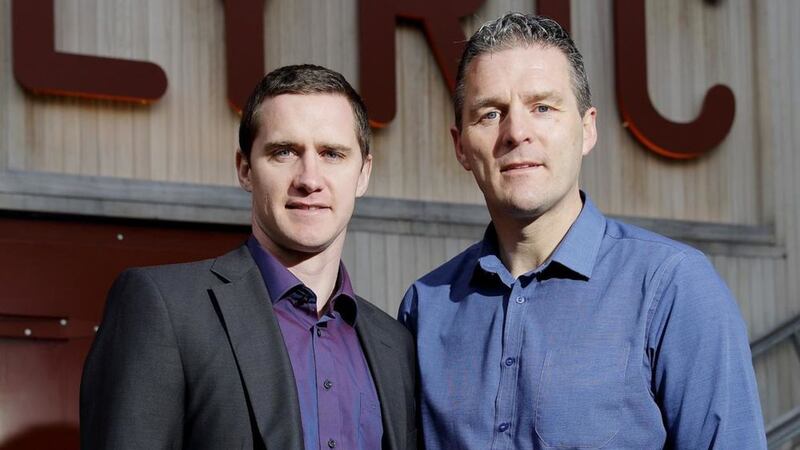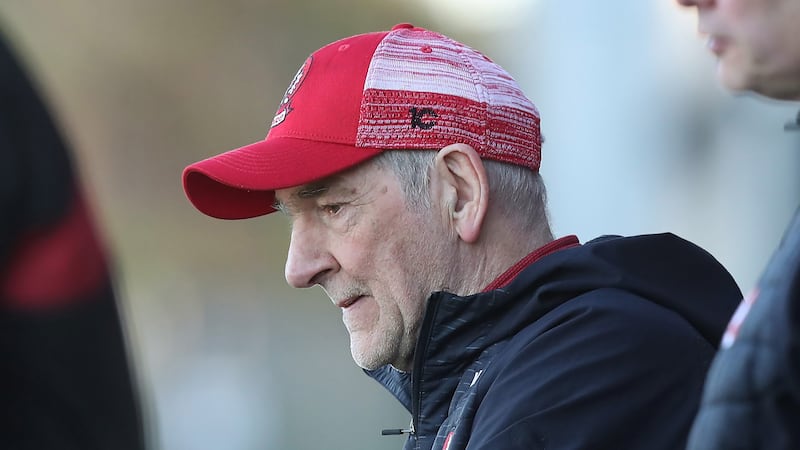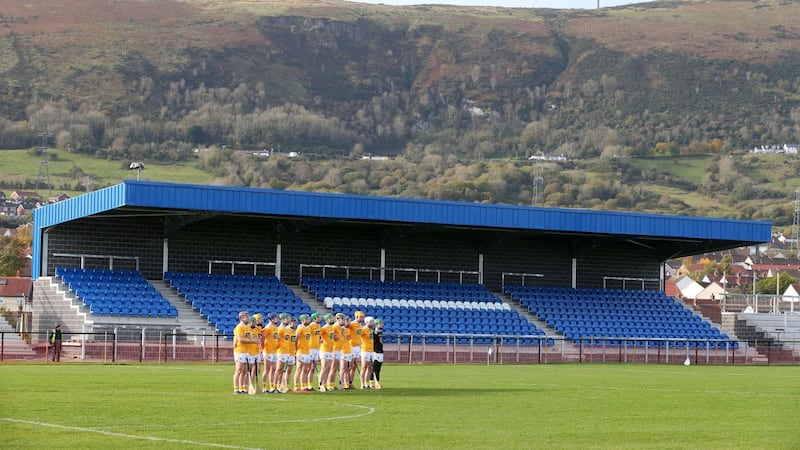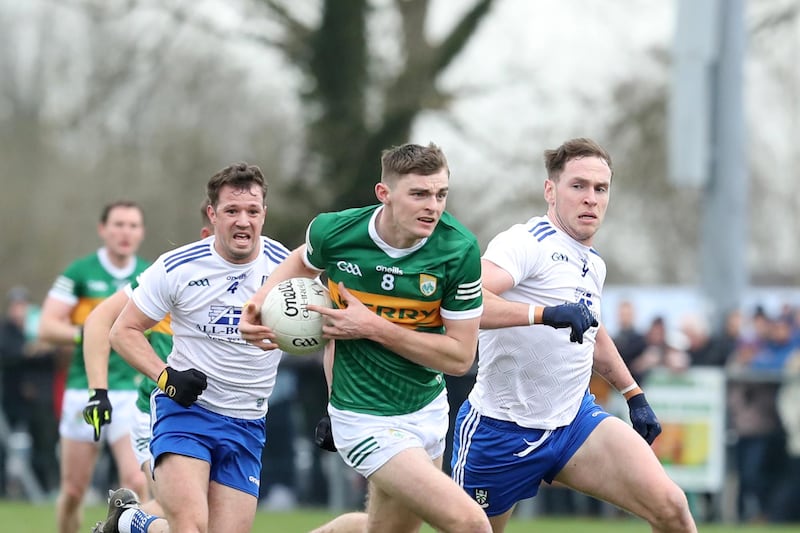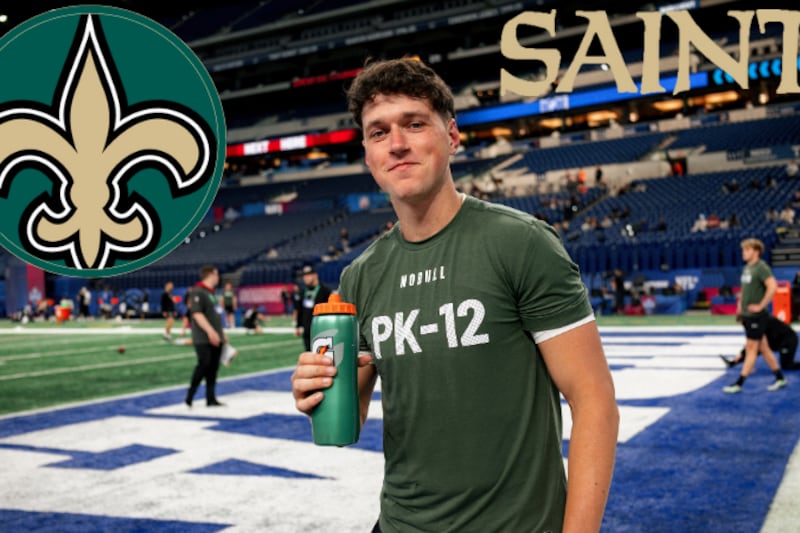THE first dry run of the mark since it was passed by Congress earlier this year will take place in tonight’s Ryan Cup clash between Belfast rivals Queen’s University and St Mary’s University College.
It is expected to be officially introduced on January 1, 2017 – in time for Gaelic football’s pre-season competitions at inter-county level.
Under the new rule, which was also trialled in 2010, a player catching the ball cleanly from a kick-out after it has travelled at least as far as the 45-metre line without touching the ground has the option of taking a free kick or playing on.
With teething problems expected, national level referees were briefed at Croke Park last week ahead of the dry run, which will see the mark feature in all Higher Education Senior Football League Division One (Ryan Cup) games.
Derry whistler Barry Cassidy will be the man in the middle for tonight’s Group B game between Queen’s and St Mary’s at The Dub (8pm).
Jarlath Burns, the chairman of the GAA’s standing committee on playing rules, says the plan is that “everybody is ready” for the mark by the start of the National League.
The former Armagh midfielder was a key figure in the introduction of the mark, having made a presentation to Congress warning that the high catch was in danger of becoming obsolete amid the current “obsession with possession”.
“I’m looking forward to it coming,” said Burns.
“I’m not expecting it to have a seismic effect straight away. The whole thing about the mark is that, when the goalkeeper is kicking the ball out that he has an option of a greater advantage from kicking the ball out to the middle of the field than before.
“If the ball is caught further out the field, there is a better chance of a team attacking in space. If that is the case and teams are getting advantages from that, you could have coaches going back to looking for big men in midfield who can catch a ball.”
And seeing how players and officials adapt to the mark in a competitive environment is crucial, says Burns.
He added: “You cannot really tweak a rule and bring it into perfection until you actually see it being used in the heat of a match.
“And then the referee, I presume, will go and say ‘I encountered this difficulty as a result of the mark’, maybe something that wasn’t thought of before and then it can be looked at.
“It’s so that whenever the new year comes, everybody is ready for it and you’re not left with a bedding-in period during the National League where there might be ambiguities.”
